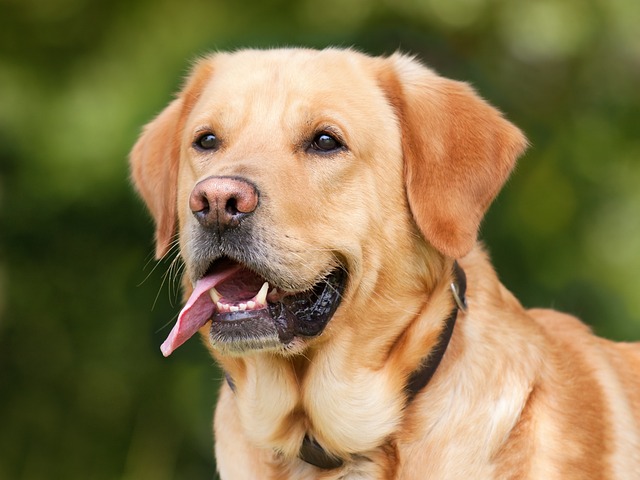
How can I tell if my dog's heatstroke is serious
Let’s be real: It’s a sticky August morning in Los Angeles, and you took your 2-year-old Golden Retriever, Max, for a walk a little later than usual
Certain dog breeds have a knack for turning trust into action, making them natural fits for guide work. It’s not just about size or strength—though those help—it’s about a unique mix of calm focus, eagerness to learn, and an almost intuitive sense of their handler’s needs. These dogs don’t just lead; they become partners, navigating the world with quiet confidence.
Labrador Retrievers often top the list, and it’s easy to see why. Their gentle demeanor pairs with a sharp mind—they stay cool in crowded streets, ignore barking dogs, and thrive on the routine of training. They’re adaptable too, shifting from guiding through a busy mall to settling quietly at a café, respecting public space rules that keep service animals welcome everywhere.
German Shepherds bring a different kind of presence. Alert and steady, they excel at judging distances and avoiding obstacles, even in chaotic environments. Their loyalty runs deep, creating an unshakable bond with their handlers. Like all service dogs, they’re trained to stay focused on their job, never begging for attention—behavior that keeps them protected under laws allowing access to most public places.
 Golden Retrievers blend the best of both worlds: the Labrador’s affability and the Shepherd’s attentiveness. They’re especially good with handlers who need a softer touch, their warm nature easing stress during long outings. What makes them stand out is their patience—waiting calmly at crosswalks, never rushing, always in tune with the pace that feels safest for their partner.
Golden Retrievers blend the best of both worlds: the Labrador’s affability and the Shepherd’s attentiveness. They’re especially good with handlers who need a softer touch, their warm nature easing stress during long outings. What makes them stand out is their patience—waiting calmly at crosswalks, never rushing, always in tune with the pace that feels safest for their partner.
Not all guide dogs come from these breeds, though. Standard Poodles, with their intelligence and hypoallergenic coats, sometimes step into the role, and mixed breeds with the right temperament can shine too. The key isn’t purebred status but personality: a dog that stays calm under pressure, loves to work, and sees every task as a chance to please.
Training shapes them, but genetics lay the groundwork. Puppies from guide dog programs are raised in foster homes first, learning basic manners and exposure to the sights and sounds of daily life—loud buses, clattering shopping carts, crowded sidewalks. This early socialization teaches them that the world, while busy, is nothing to fear, making their formal training that much more effective.
At the end of the day, a guide dog’s breed matters less than their heart. It’s the way they pause when their handler hesitates, the way they nudge gently to alert of a step, the quiet pride in their work that turns a walk down the street into a journey of independence. These dogs don’t just guide—they empower, one steady step at a time.

Let’s be real: It’s a sticky August morning in Los Angeles, and you took your 2-year-old Golden Retriever, Max, for a walk a little later than usual

You're enjoying a summer afternoon at the park when you notice your dog has stopped panting and appears disoriented - their gums are bright red

Let’s paint the picture: You’re in your Denver apartment, watching your 4-year-old Boston Terrier, Ruby, plop down mid-play session with her favorite toy

Many dog owners notice their pets nails seem shorter after regular walks,but how much does this daily activity actually help?The answer depends on where you walk—concrete sidewalks or asphalt streets gently file nails as a dog's paws hit the ground

Most dog owners notice their pup scooting across the carpet at some point, but few connect it to impacted anal glands. These small sacs near a dog’s rectum secrete a scent for marking territory

Most vets agree that regular dog teeth cleaning is key to avoiding painful dental issues later. For healthy adult dogs, a professional cleaning at the vet’s office every 12 to 18 months usually works well.